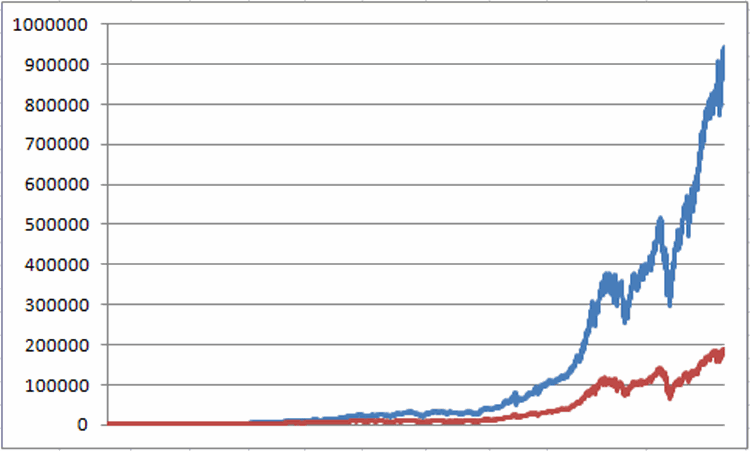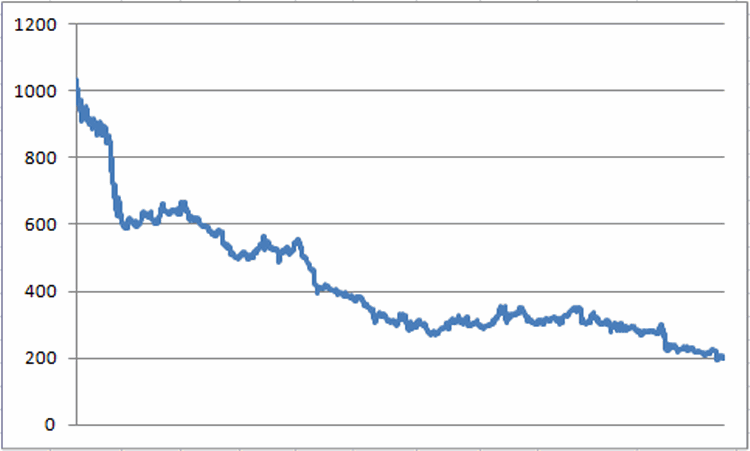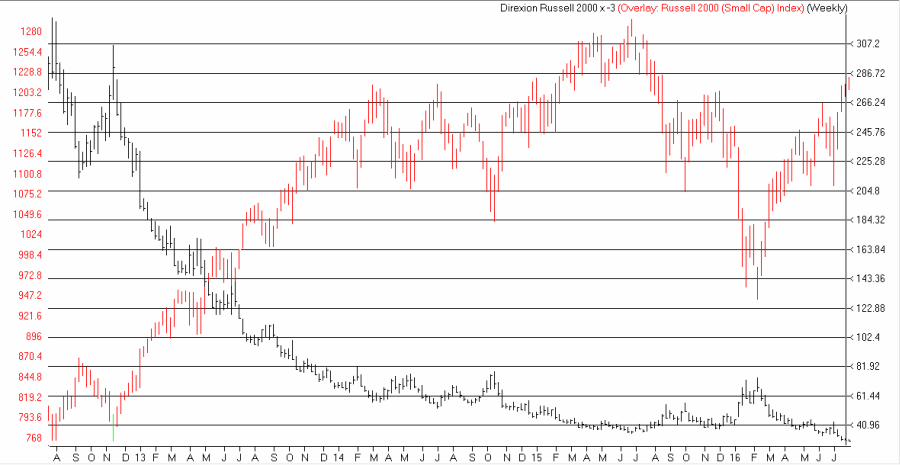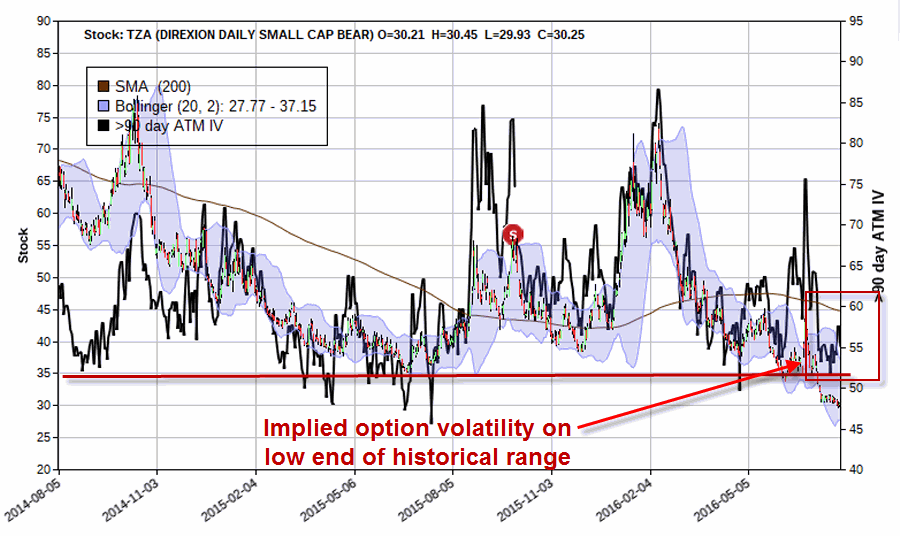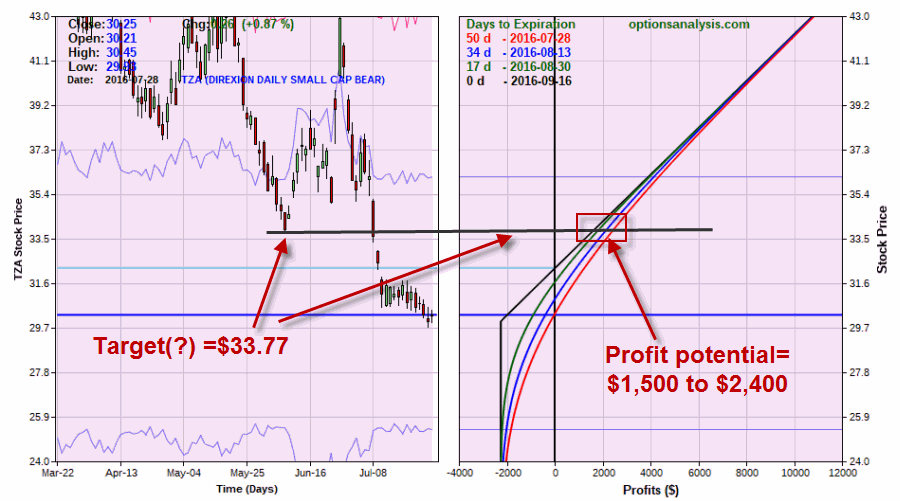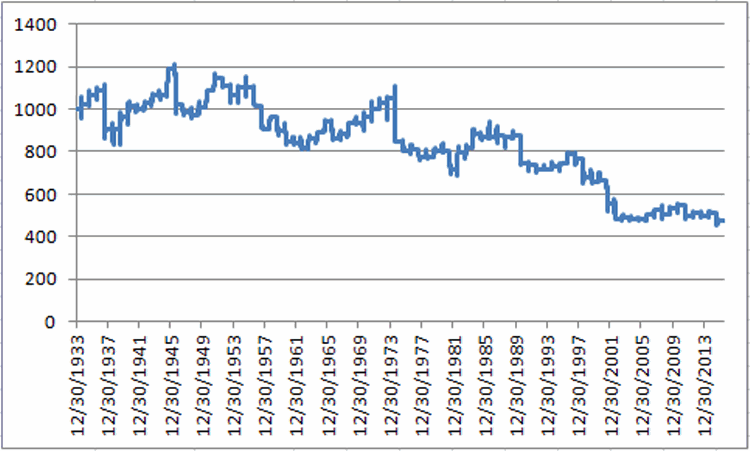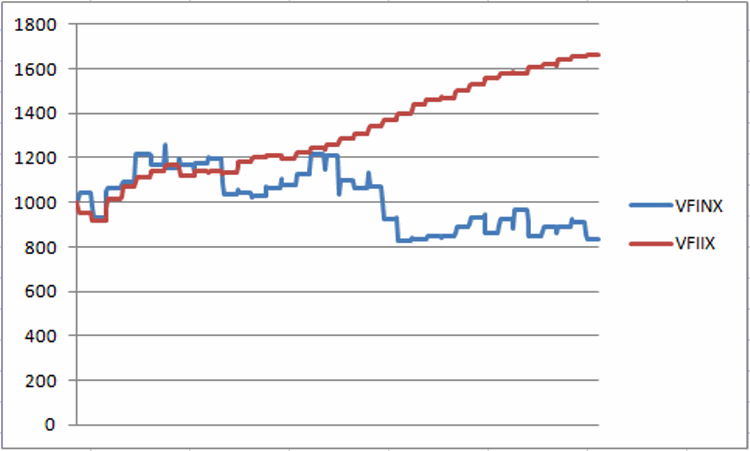It pains me to say that I don’t know where the stock market is going next. You would think that after being in the markets for so long and following a bunch of indicators and systems etc., that by now I would have developed some ability to divine what is coming next.
Alas, I have not.
But I do know three things:
*My trend-following stuff is bullish so I need to give the bullish case the benefit of the doubt (no matter how nervous or cynical I may be).
*Based on a variety of indicators the market is certainly getting overbought
So, a thought today for those who might be wishing to hedge away some of their market risk.
Ticker TZA
Ticker TZA is not necessarily one of my favorites. It is an ETF that tracks 3 times the inverse of the Russell 2000 small-cap index. In other words, if ticker RUT falls 1% today then TZA should rise 3%. There are two primary concerns to keep in mind before considering buying shares of TZA are:
*The shares are extremely volatile
*The shares have experienced a serious downside bias – even when RUT is headed sideways (See Figure 1).
Figure 1 – Ticker TZA (black bars) versus Ticker RUT (Russell 2000) (Courtesy
AIQ TradingExpert)
So if you are going to buy TZA you’d better pick your spots. As I discussed here we are entering an “interesting” time for the market. So let’s explore the possibility of buying a call option on ticker TZA as a hedge against a potential market decline.
Call Option on TZA
Remember, TZA should increase in value if the Russell 2000 declines. Therefore, a call option on TZA should also increase in value if the Russell 2000 declines.
As you can see in Figure 2, the “implied volatility” (which generally tells you whether there is a lot of time premium built into the price of the options for a given security) for options on TZA is near the low end of the historical range. This tells us that there is relatively little time premium built into TZA options, therefore they are “cheap”.
Figure 2 – Implied option volatility for options on TA near the low end of the historical range (Courtesy
www.OptionsAnalysis.com)
Next I ran the “Percent to Double” routine in
www.OptionsAnalysis.com (see output in Figure 3. The phrase “percent to double” tells us what percentage the underlying stock must rise in order for the call option to double in price.
Figure 3 – Percent to Double routine suggests buying Sep30 TZA call which will double in price if TZA rises 12.56% (i.e., if RUT declines by roughly -4.19%) (Courtesy
www.OptionsAnalysis.com)
Figures 4 and 5 display the particulars and risk curves for buying 10 TZA Sep 30 calls.
A few things to note:
*The cost to buy 10 is $2,550.
*TZA is trading at $30.25/share.
*The breakeven price for this trade is $32.25 (if TZA is below $32.25 at expiration and we still hold this position then we will lose -$2,250)
*There are 50 days left until September expiration
*The trade has unlimited profit potential
Regarding potential, in Figure 6 we see that if TZA rallies back to its June low of $33.77 this trade will generate a profit of between $1,500 and $2,400 depending on how soon that price is reached
Summary
Is this a good trade? I can’t say for sure that it is. In fact, the only way this trade makes money is if the broader market suffers a hit, so a good part of me would prefer to see this trade “not work out”.
But the point of all of this is simply to point out that it is possible to hedge against a significant market decline by buying call options on an inverse leveraged ETF.
Mr. Market, you take it from here.
Jay Kaeppel



